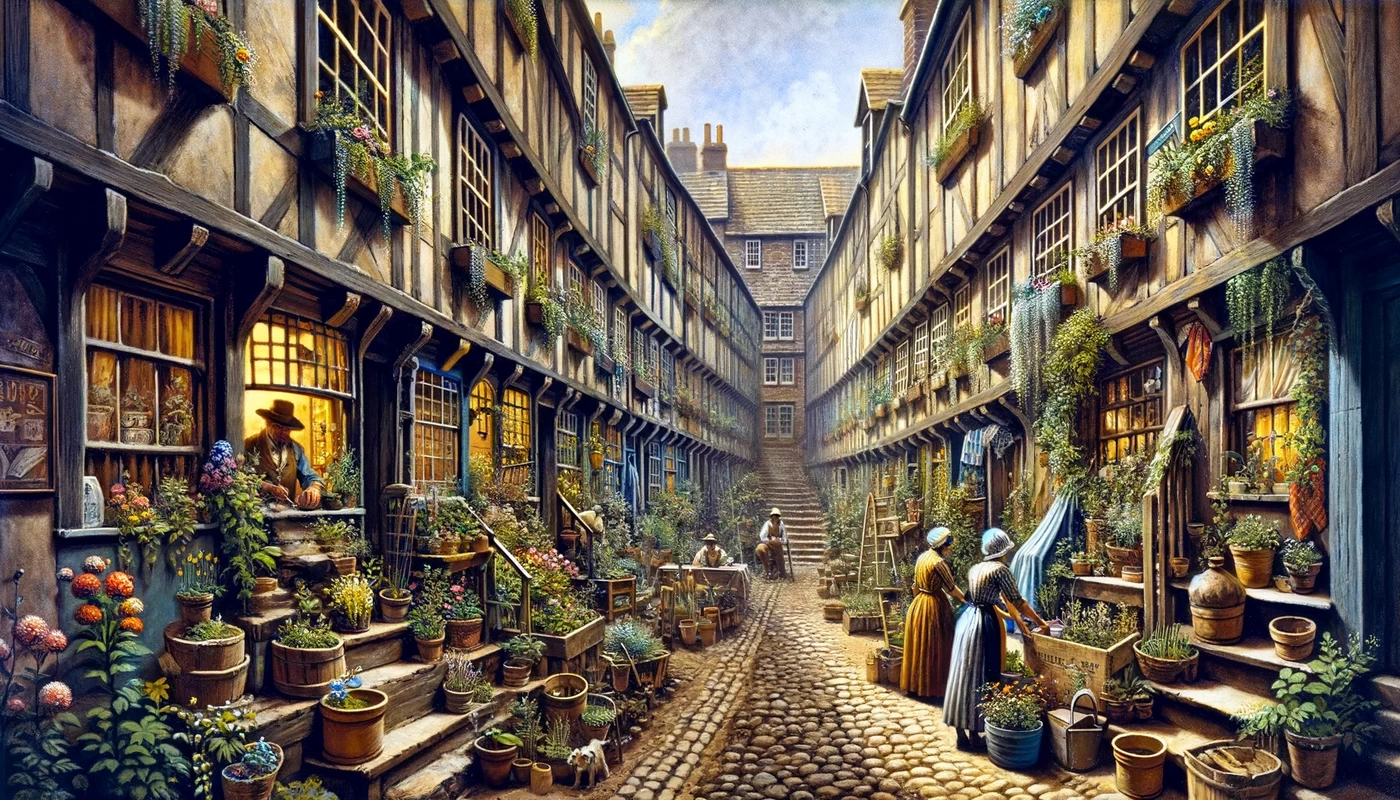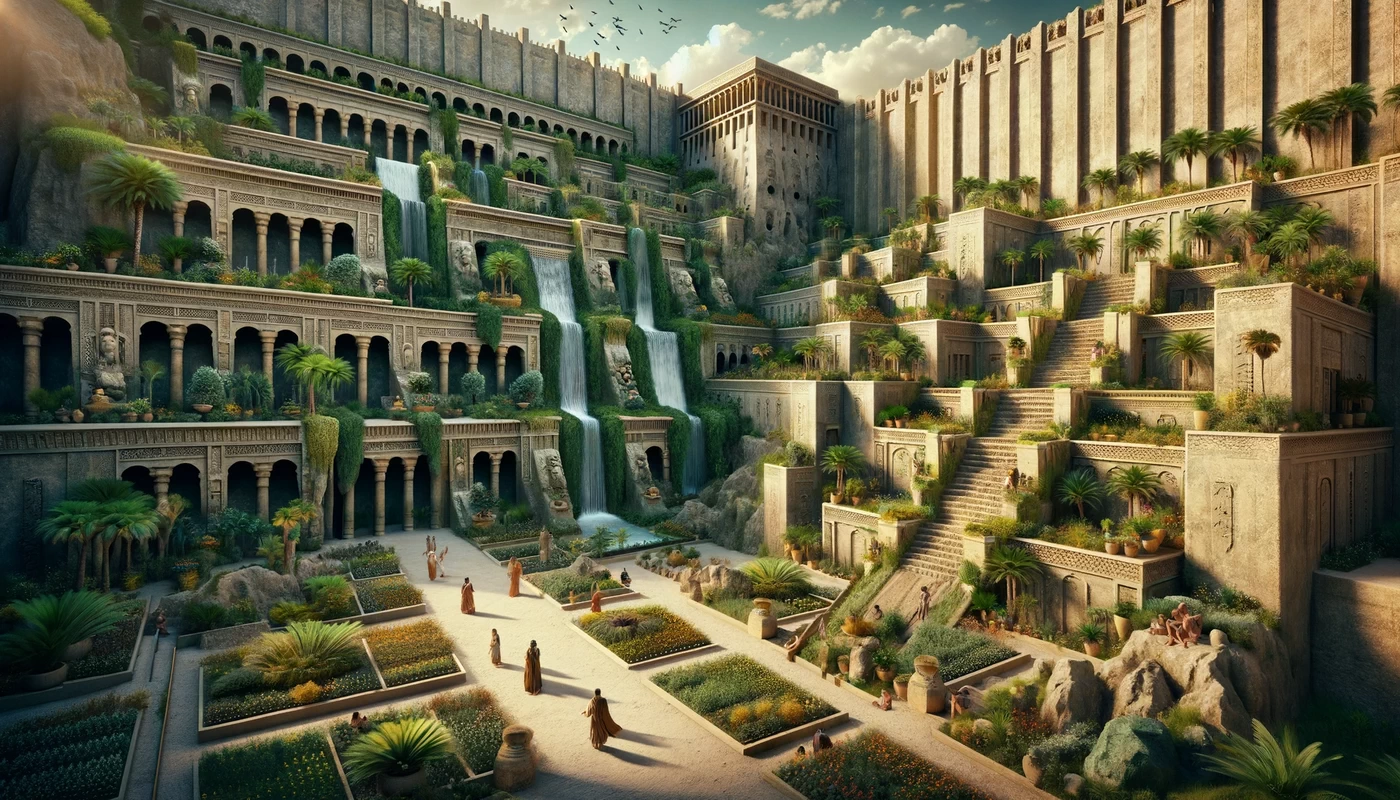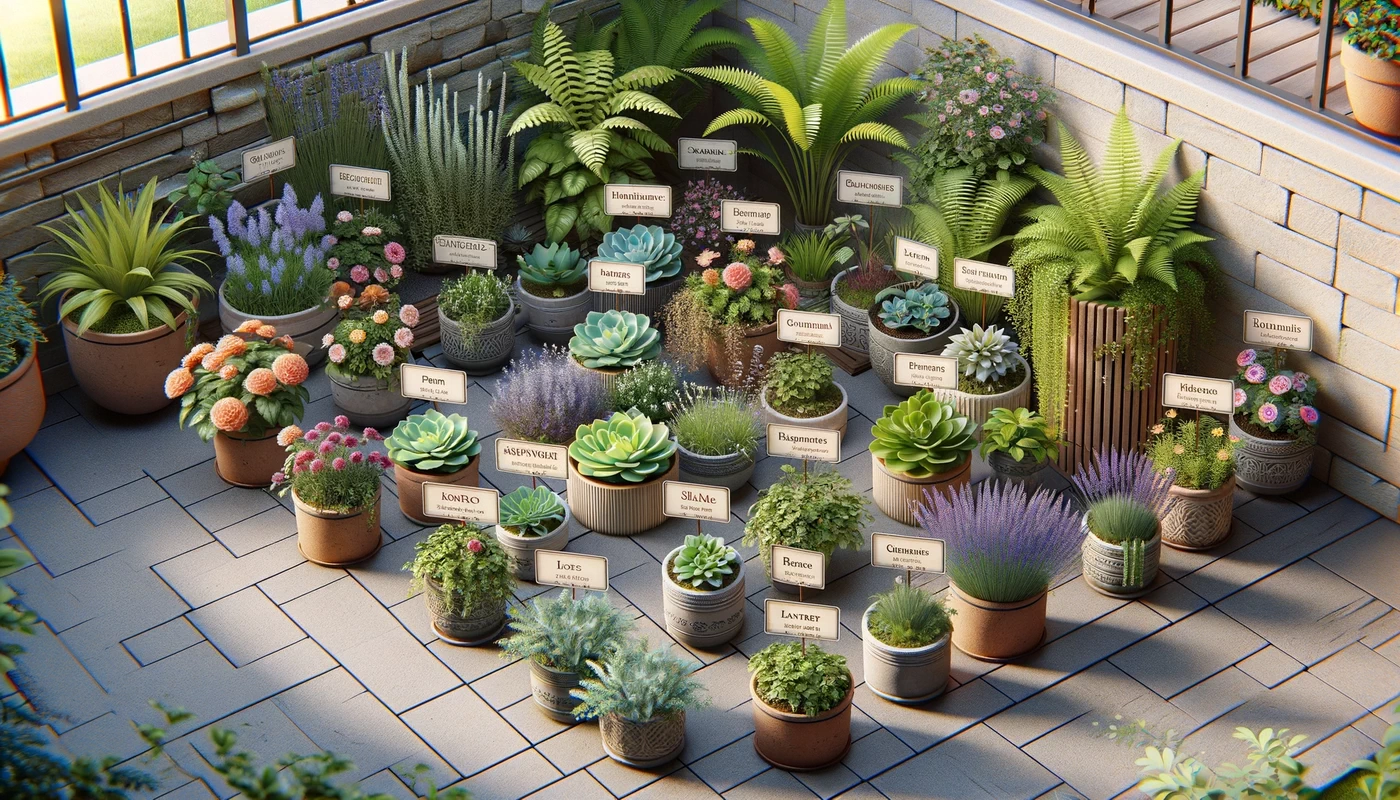Charming Compact Gardens: Landscaping Ideas for Small Front Yards
Charming Compact Gardens: Landscaping Ideas for Small Front Yards
The Power and Prestige of a Pristine Front Yard
The front yard of a home is often the first impression that people have, akin to the opening act in an elaborate theatre production. The intricate dance of green foliage, radiant flowers, and strategically placed stones creates a unique portrait of the household it represents. It sets the tone before one even steps through the door; an appealing front yard invites curiosity and appreciation from passersby and visitors alike.
In bustling metropolitan areas like Houston or Vegas, well-groomed front yards can serve as calming oases amidst the frenetic energy of city life. They’re beacons of tranquility that provide a visual break from blocks upon blocks of concrete edifices.
They are testament not only to their owners’ aesthetic sensibilities but also to their environmental consciousness. A well-landscaped yard speaks volumes about its owner’s commitment to maintaining beauty in their surroundings while contributing positively towards local ecosystems.
Native plant species, for instance, are often more tolerant to local weather conditions – an important consideration when creating landscapes in diverse climates ranging from Florida’s heat to Vegas’s dryness. These local plants require less water than their exotic counterparts and encourage biodiversity by providing habitat for local wildlife.
Moreover, landscaping can add significant value to properties. Real estate companies often highlight beautifully landscaped yards in listings because they increase curb appeal and property value significantly – a professionally landscaped front yard could be your key ticket in securing better returns on property investments.
The Artful Challenge: Small Front Yards
Working with small front yards might seem like a daunting task at first glance due to space limitations. However, it presents both challenges and opportunities for business-minded landscapers and green-thumbed homeowners alike who strive for beauty within constraints. While larger yards can accommodate grand landscaping plans involving creek-like water features or large trees, smaller yards often necessitate a different approach.
The key lies in viewing the limited space not as a hindrance, but an opportunity for creativity and innovation. With the right equipment and design concepts, miniature landscapes can flourish into beautiful green havens.
For instance, you might consider using edging around your small yard with pebbles or rocks to create clear boundaries without compromising on space. Similarly, utilizing tolerant plant species that require less room to grow can help maximize your compact yard.
Dwarf tree varieties could offer greenery without overshadowing the rest of the design. Moreover, introducing elements like compact trailers filled with vibrant flowers or creating raised garden beds against the front wall of your house can add layers to your landscape without cluttering it up visually.
For backyards facing streets in busy cities like Houston, this could also offer an additional layer of privacy. To sum it up: when approached with ingenuity and creativity, small front yards can pose exciting challenges that result in truly enchanting miniature landscapes – charming oases that provide both aesthetic delight and environmental contribution.
Understanding Compact Gardens
The Distinctive Charm of Compact Gardens
Compact gardens, by definition, are small-scale designs that utilize every inch of available space to create a lush, visually appealing landscape. They are not just gardens confined by small boundaries; they are thoughtfully created landscapes where every plant, every decorative brick or rock, and each architectural feature is deliberately chosen and strategically placed.
The primary characteristic of compact gardens is their efficient use of minimal area. These gardens often make use of potted plants or evergreen shrubs to ensure year-round color and foliage even in limited spaces.
A compact garden might also include taller trees around the perimeter to add height without taking up much horizontal ground space. In such gardens, you’ll often find a mix of drought-tolerant flora alongside carefully curated water features – a reminiscence of an oasis near a desert river or creek bed.
Lighting plays a key role in these landscapes as well. Strategic placement of lights can create depth and add dramatic elements to the garden during nighttime.

Historical Beginnings: Compact Gardens Through Time
The concept of compact gardening dates back centuries. Historically, it was born out of practical necessity when homes within bustling cities had only limited outdoor space available for greenery. Residents started using their front yards, driveways or any open area close to their homes for greener pursuits.
Many traditional Japanese Zen gardens embody this principle with their minimalist yet profound approach towards landscaping within confined areas. Similarly, you can trace echoes of compact gardening back to the enchanting walled courtyard gardens from medieval Europe or the meticulously planned Roman peristyle gardens.
Notable Examples: The Artistry in Compact Garden Designs
One iconic example is the Alhambra’s Court of Lindaraja in Spain – a testament on how intelligent design can turn restricted spaces into an oasis. Closer to our times, San Francisco’s urban gardens are renowned for their creative and effective use of compact spaces.
From decorative paths made of bricks and rocks to strategically placed trees that provide shade and privacy, these small spaces are often bursting with character. In warmer climates like Florida, compact gardens often incorporate local, drought-tolerant flora alongside a curated selection of tropical plants to create a diverse, colorful landscape.
Evergreen trees are popular choices for adding height without taking up too much horizontal space. Front yard spaces around homes are turned into thriving green zones skillfully hiding the city’s commotion within an embrace of nature.
The Compact Garden: A Symbolic Logo
The compact garden can be seen as a ‘logo’ of sorts for the modern home – not just serving as an insurance against the encroaching concrete jungle but also increasing homeowners’ connection with nature by bringing it closer to their living spaces. The thoughtful design and strategic placement in these confined areas is a testament to human creativity, showcasing how even within the most limited boundaries, nature can find its way around.

The Art of Landscaping: An Overview
Landscaping: An Expansive Canvas Across History
The term “landscaping” has a broad and varied definition, but at its core, it refers to the modification of visible features in an area to create an aesthetically pleasing environment. The genesis of landscaping can be traced back to ancient times when humans began to consciously alter their environment for practical and aesthetic purposes. The hanging gardens of Babylon, one of the Seven Wonders of the Ancient World, exemplify early landscaping ideas.
Landscaping evolved over the centuries with different cultures adding their distinct styles and techniques. In China and Japan, landscape garden design was guided by philosophies that sought harmony among rocks, water elements, and plants.
In contrast, European landscape design was dominated by formal gardens with geometric perfection that reflected their love for order. It wasn’t until the 19th century that landscaping became accessible beyond the estates of the affluent.
Frederick Law Olmsted’s idea of incorporating green spaces into city planning democratized landscaping. Today’s landscape gardening is a blend of these historical influences requiring both artistic abilities and scientific knowledge.
The Impactful Role Landscaping in Our Lives
Landscaping plays a vital role in enhancing home aesthetics; it shapes our first impression before we step foot into a house. A thoughtfully landscaped yard reflects qualities like creativity, meticulousness or love for nature – attributes often associated with homeowners themselves.
Beyond aesthetics though lies environmental sustainability; a well-planned landscape serves as an ecological haven contributing to local biodiversity while reducing carbon footprint through carbon sequestration. Furthermore, sustainable designs also assist in managing stormwater runoff thereby mitigating flood risks especially around hilly areas.
The therapeutic benefits associated with connecting with nature shouldn’t be underestimated either – whether it’s creating your own backyard oasis on a budget or simply tending to a patch of lavender around your front porch. Landscaping also enhances the value of a property, with studies indicating up to 15% increase in home value following professional landscaping.
Landscaping Principles: Building Blocks for a Beautiful Space
Navigating through the art and science of landscaping can seem daunting, but understanding basic principles can provide guidance. Start with the principle of unity – this relates to creating harmony and consistency among different elements.
For instance, repeating patterns or colors create visual unity. Contrast and variety add interest while maintaining balance.
Think about incorporating elements like a black lava rock garden contrasting against lush green ferns on a hillside yard. Or perhaps mixing textures – smooth decorative stones against rugged timbers as borders around flower beds.
The principle of proportion refers to the relationship between parts of the landscape; for instance, ensuring that a large tree doesn’t overshadow smaller plants or that your garden shed doesn’t overpower your overall yard space. Scale is equally crucial; remember everything from equipment used to individual components must be proportionate not only to each other but also relative to structures in your surrounding landscape.
A well-landscaped yard is akin to an artist’s masterpiece – it’s where creativity meets precision, where nature convenes with human intervention. And whether it’s simple tools in Houston backyards or advanced landscaping equipment handling expansive lands elsewhere, remember that every landscaper has their unique logo imprinted on their work.
Landscaping Ideas for Small Front Yards: High-Level Concepts
Utilizing Vertical Space
Maximizing the vertical plane is an ingenious way of expanding the perceived space within a compact landscape. Wall gardens, or vertical gardens, are an excellent strategy to do so. This involves the installation of supporting structures on which plants can grow upward, creating a verdant tapestry that not only camouflages unattractive walls but also brings a touch of nature into urban settings.
Similarly, hanging plants present another effective approach to utilizing vertical space. By suspending flower-filled pots or baskets from porch ceilings or even tree branches, you introduce layers of visual interest at varying heights, enriching your garden’s aesthetic appeal.
Moreover, the use of vertical planters — tall containers or modular units that hold multiple plants — can offer functionality and design in one package. They allow for a wide variety of plant species to thrive on a small footprint and are available in diverse materials and styles to suit any garden theme.
Focusing on Focal Points
Creating focal points is an essential element in landscape design as they draw the eye and provide structure to the overall composition. Planting unique species as centerpieces captures immediate attention and arouses curiosity about what other delightful surprises your garden may hold.
Alternatively, you might consider installing garden ornaments or sculptures which lend personality to your yard. These could range from rustic wooden carvings to sleek modern sculptures depending on your preference.
Water features like fountains or ponds also make for captivating focal points. The shimmering reflections and calming sound effects contribute sensory depth while serving as gathering spots for birds and butterflies adding life to your green haven.
Embracing Minimalism
With smaller yards sometimes less is more; hence embracing minimalism can be highly beneficial in these scenarios. Zen gardens symbolize this philosophy perfectly with an understated mix of strategically placed rocks, gravel or sand, and a few carefully chosen plants creating serene landscapes that facilitate meditation.
Additionally, employing monochromatic color schemes can result in elegant minimalist designs. By limiting the color palette to subtle tones or varying shades of a single hue, you create a visually cohesive garden that soothes rather than overwhelms.
Minimalist garden designs also often incorporate clean lines and geometric shapes. You could delineate planting areas with modern edging materials such as metal or timbers for an uncluttered look that’s easy on the eyes.

Niche Subtopics: Specific Plant Types for Compact Gardens
Low-Maintenance Plants for Small Spaces
Compact gardens are best complemented by low-maintenance plant species that require less care but still contribute to green aesthetics. Succulents are perfect candidates – these resilient plants come in various shapes and sizes and thrive in a variety of environmental conditions.
Plants like lavender, rosemary, and juniper are other ideal choices owing to their hardiness against pests and diseases. Moreover, they bring added benefits like fragrance and culinary uses.
Shade-Tolerant Plants
For properties plagued by limited sun exposure due to shadow-casting structures or trees around them, selecting shade-tolerant plants can ensure your garden remains vibrant throughout the year. Hostas are popular choices for their lush foliage which flourishes in shady conditions. Ferns too thrive under canopies while ground covers such as sweet woodruff provide a lovely green carpet effect where grass struggles to grow due to lack of sunlight.
Fragrant Plants
Incorporating fragrant plants into your compact front yard is akin to painting pictures with scents. Their perfumes waft through the air enhancing the overall sensory experience when one steps into your green retreat.
Consider the fragrant blossoms of gardenias or the refreshing smell of eucalyptus. Not only do they provide a feast for the nostrils, but also serve as visual treats with their beautiful forms and colors.
Detailed Guide on Planning & Implementing Your Compact Garden Design
Assessing Your Space
The first step in creating a captivating compact garden involves understanding your space. Assess the soil type – clay, sand, or loam – as it will influence your plant choices. Equally crucial is to consider the amount of sunlight exposure your yard receives which will further narrow down your plant palette.
Choosing Your Design and Plants
Once you have an understanding of your space’s characteristics, it’s time to choose a design that suits your personal taste, lifestyle, and maintenance capabilities. A modern minimalist yard might demand less upkeep but if you derive joy from tending to roses then perhaps a traditional cottage-style garden would be more fulfilling.
Selecting plants is an artistic endeavor where colors, textures, sizes and even blooming times play their parts in painting a living picture. Choose a mix of perennial shrubs for year-round greenery interspersed with colorful seasonal blooms for periodic mood uplifts.
Designing charming compact front yards may pose challenges due to space constraints but with clever landscaping ideas at hand like vertical gardening techniques or focusing on focal points coupled with careful plant selection based on site conditions and personal preferences; these tiny plots can be transformed into alluring green oases. The right stones underfoot or an artfully placed sculpture could serve as arresting visual anchors while water features add soothing auditory elements making these small gardens hiding in plain sight a joy to discover!
Recommended Resources: Cultivating Elegance in Compact Gardens
For those aspiring to transform their small front yards into enchanting, compact gardens, a selection of curated resources can be incredibly helpful. While the Masterhand Pro website is chiefly recognized for linking customers with experts across various industries, it also offers invaluable landscaping insights and techniques that can be applied to garden projects. A must-read for gardening enthusiasts is “The Less Is More Garden: Big Ideas for Designing Your Small Yard” by Susan Morrison, which provides practical tips for maximizing the beauty of limited spaces.
Additionally, the Royal Horticultural Society’s website is a treasure trove of information, offering guidance on plant selection and maintenance, specifically tailored for compact gardens. For visual inspiration, the YouTube channel “Garden Answer” presents engaging videos showcasing creative landscaping ideas, perfect for small spaces. Lastly, “Small Space Garden Ideas” by Philippa Pearson is another excellent book, filled with innovative solutions for making the most out of small front yards.
Together, these resources offer a blend of practical advice, creative ideas, and expert insights to help you craft a charming and compact garden that reflects your personal style and enhances your home’s curb appeal.
Engage & Share
Did you find this article helpful? We’d appreciate hearing your perspective. Share your experiences in the comments; your insights might help others on their journey. And if this article could help your friends or family, please share it on social media. Every share contributes to spreading useful information and creating a community focused on achieving a harmonious home. Let’s connect and inspire each other!